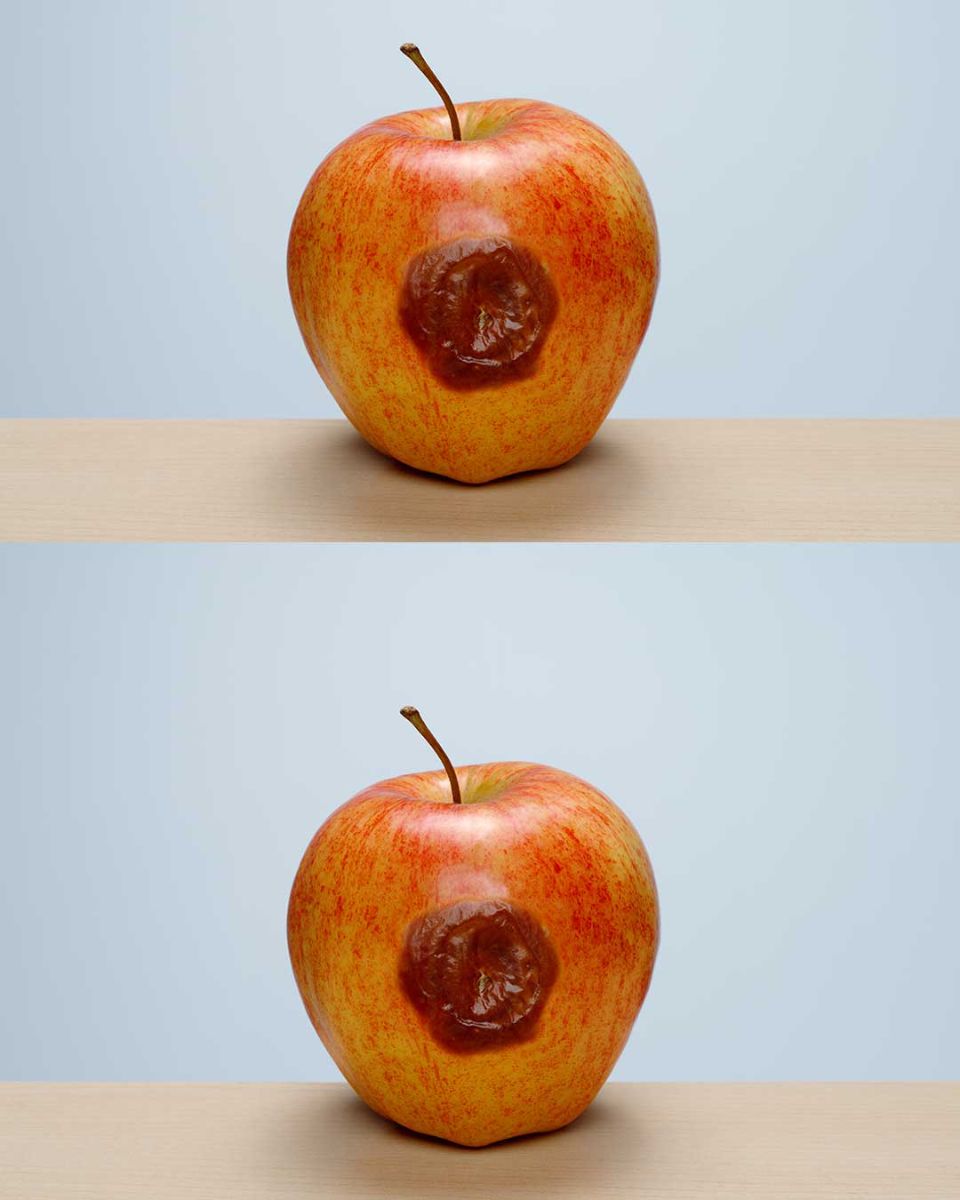ADVERTISEMENT
to Eat
While most bruised fruit is fine, there are cases when you should discard it for safety reasons. Here’s what to look for:
1. Visible Mold or Fuzz
If you notice mold, fuzz, or an unusual slimy texture on the bruised area, it’s a clear sign that the fruit is starting to spoil. Mold can grow in damaged fruit because the broken cells provide a good environment for it to develop. Even though the rest of the fruit might look okay, mold can be harmful, so it’s best to throw the whole fruit away if mold is present.
2. Foul or Fermented Smell
If a bruised fruit has a sour, rotten, or fermented smell, that’s a red flag. Even if it looks okay, a bad smell indicates that bacteria or fungi might have already started to break down the fruit. This could cause digestive issues if consumed, so it’s best to discard it.
3. Excessive Softness or Liquid Leakage
If the bruised fruit is too soft, squishy, or leaking liquid, this is a sign that the fruit has begun to spoil. The flesh is breaking down more rapidly, and bacteria can thrive in these moist, mushy environments. Even if the fruit appears fine on the surface, it could be unsafe to eat.
For instance, if an apple is bruised and the inside has a lot of liquid pooling in the damaged areas, it’s a good idea to toss it out, as it could be a breeding ground for harmful microorganisms.
4. Bruising That Extends Throughout the Fruit
If bruising isn’t just on the surface but runs deep inside the fruit, it might be a sign that the fruit is on the verge of going bad. A heavily bruised apple with brown, mushy patches throughout can sometimes indicate that the entire fruit is compromised. At this point, it’s safer to discard it.
How to Handle Bruised Fruit Safely
If you’re unsure about eating bruised fruit but don’t want to waste it, here are some tips:
- Cut Away the Bruised Parts: If the bruising is light and confined to a small area, simply cut away the damaged portion. The rest of the fruit can still be eaten safely.
- Use for Cooking or Smoothies: Overripe or bruised fruit can often be used in cooked dishes like pies, cakes, or smoothies. If you’re using the fruit in cooking, the texture won’t matter as much, and you’ll avoid wasting it.
- Store Properly: To minimize bruising, store fruit carefully. Keep apples and other delicate fruits in a cool, dry place, and try not to overcrowd them, which can cause pressure and bruising. For fruits that bruise easily, like peaches or pears, handle them gently.
Final Thoughts: When in Doubt, Trust Your Senses
In most cases, bruised fruit is safe to eat as long as it hasn’t shown signs of mold, rot, or fermentation. The key is using your senses—smell, touch, and sight—to determine whether a bruised apple (or any fruit) is still good to eat. It’s important to remember that bruising doesn’t automatically mean something is unsafe. However, if you notice any signs of spoilage like an unpleasant smell or visible mold, it’s always better to be safe than sorry and toss the fruit.
If you’re ever in doubt, it’s always a good idea to trust your instincts and discard the fruit if it seems questionable. Your health and safety come first!
